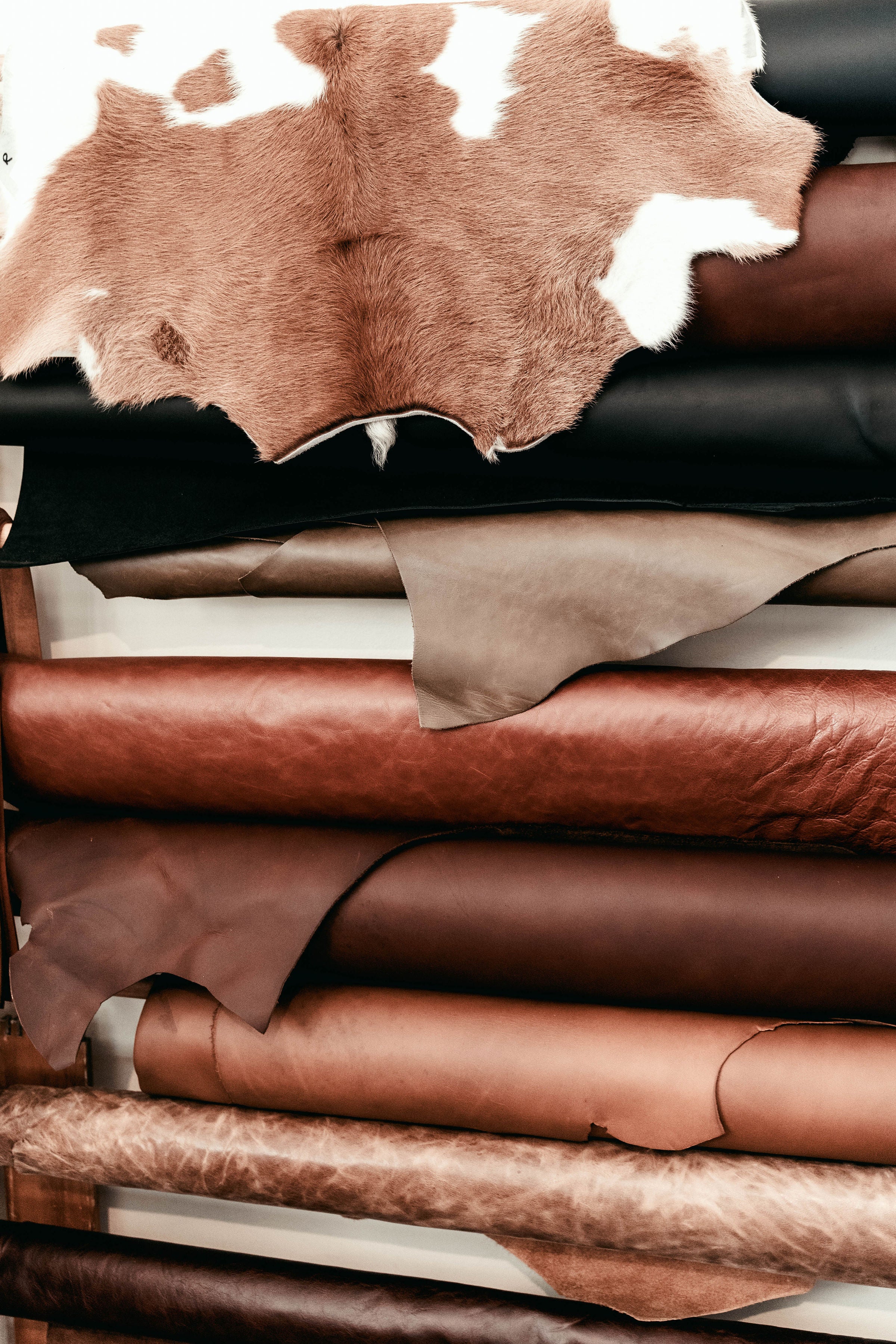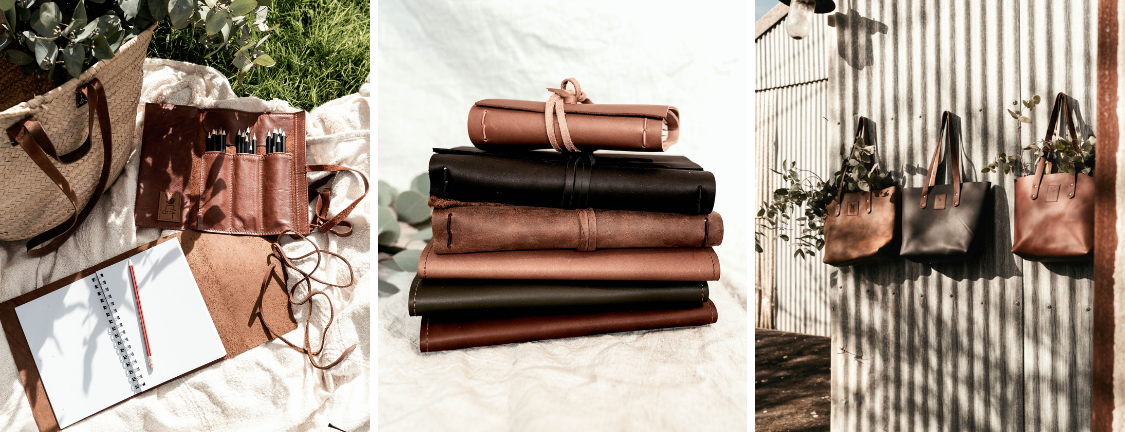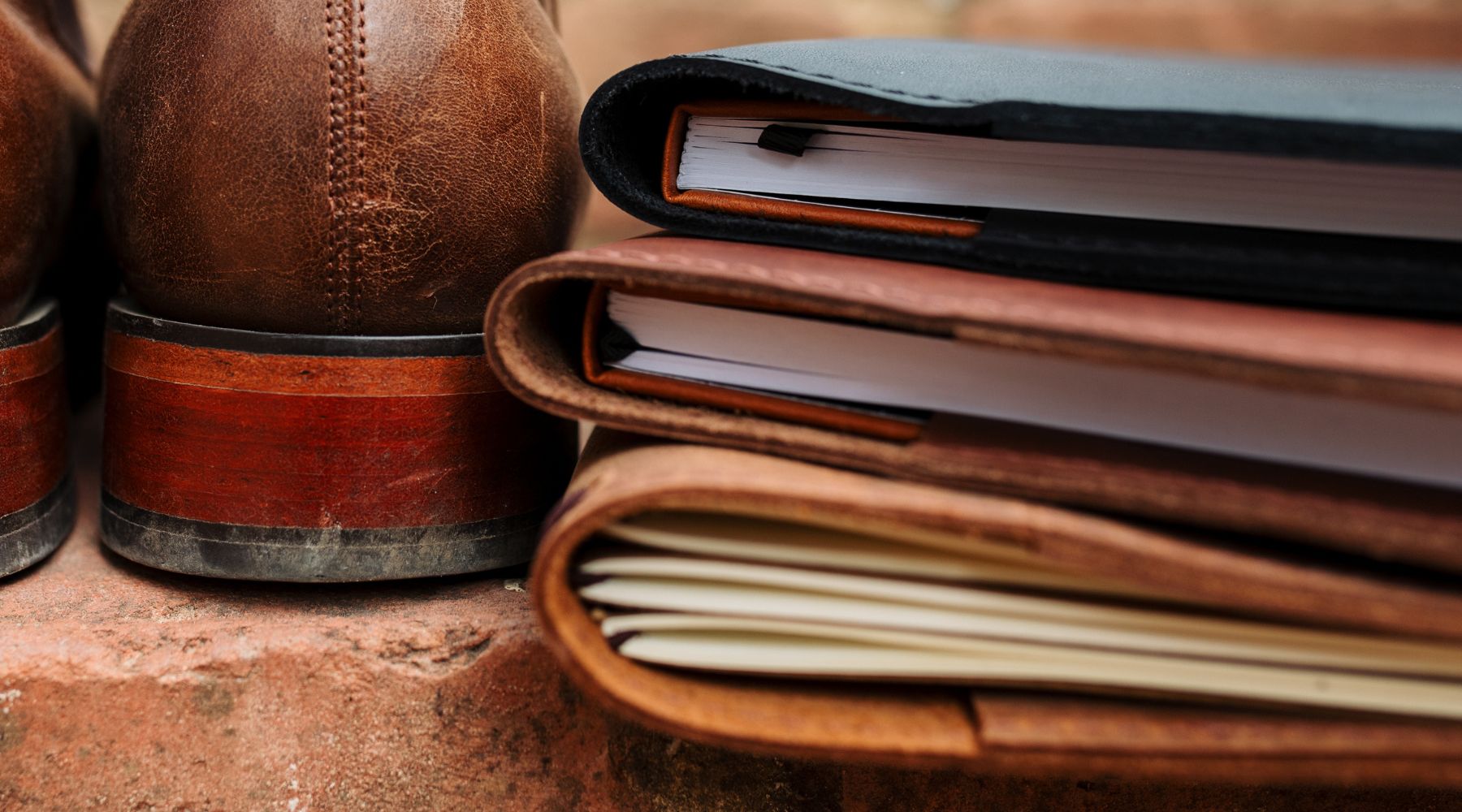Let’s dive into the world of leather, the soulful essence of our craft. Real leather isn’t just a material; it’s a rich legacy steeped in quality and tradition. Crafted from genuine Australian hides, our journals embody the natural beauty of artisanal craftsmanship.
Why the hefty price tag on leather? Because it’s not just a purchase – it’s an investment in authenticity and sustainability. Real leather tells a story, carrying the unique texture and character of its origins with pride.
While “vegan leather” might sound appealing, it’s simply a guise for plastic – detrimental to both our planet and our connection to it.
In this blog, we'll explore why high-quality, vegetable-tanned leather, often a byproduct of the meat industry, not only exudes timeless elegance but also stands as a beacon of sustainability and durability in comparison to its vegan counterparts.
The faux leather industry has seen its share of "advancements," but let’s not be fooled by buzzwords like “vegan leather.” Let’s talk real talk about leather.

PHYSICAL CHARACTERISTICS
REAL LEATHER: Take a moment to appreciate the surface of genuine leather. It’s a natural wonder, bearing subtle variations and imperfections that add to its allure. Run your fingers across it – you’ll feel the authenticity in its texture. And oh, that scent – unmistakably earthy and organic.FAUX LEATHER: Synthetic leather, on the other hand, lacks the soulful touch of real leather. Its uniform surface and plasticky scent give away its artificial nature.
DURABILITY
REAL LEATHER: Genuine leather ages like fine wine, gaining character and charm over time. With a little TLC, it outlasts its counterparts, becoming more beautiful with every passing year. Plus, it's remarkably resilient to wear and tear, making it a trusted companion for life's adventures.
FAUX LEATHER: While faux leather may seem low-maintenance, it lacks the endurance of real leather. Its lifespan pales in comparison, and as it wears, it loses its appeal.

ENVIRONMENTAL IMPACT
REAL LEATHER: When responsibly sourced and naturally tanned, real leather can be an eco-friendly choice. Plus, it’s a byproduct of the meat industry, making use of materials that would otherwise go to waste. By opting for real leather, you're not only investing in quality but also reducing your environmental footprint.
FAUX LEATHER: Despite its “vegan” label, faux leather comes with its own set of environmental drawbacks. The production process involves harmful chemicals, and its short lifespan contributes to waste accumulation.
In the end, it's about making an informed choice. At Rustic Wren, we stand by the timeless elegance and sustainability of real leather.
Join us in celebrating the beauty of craftsmanship and the enduring legacy of leather.




0 comments